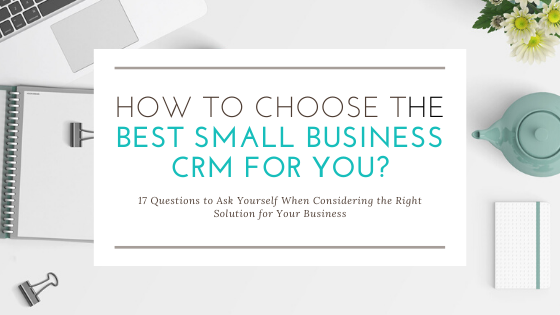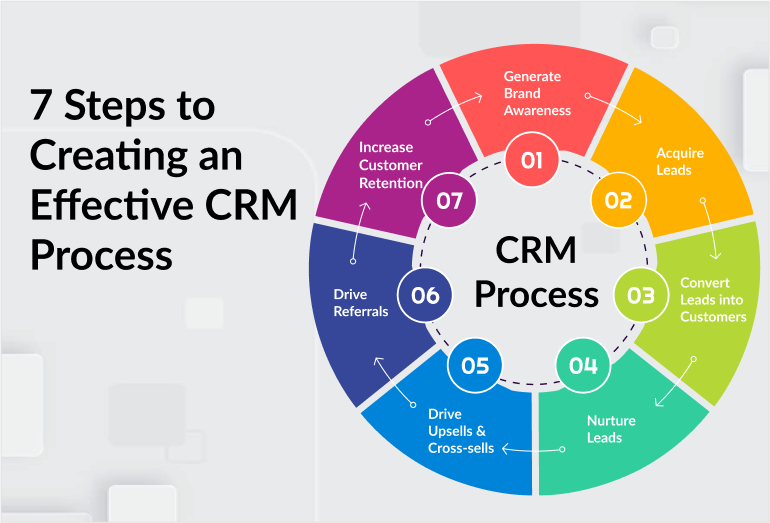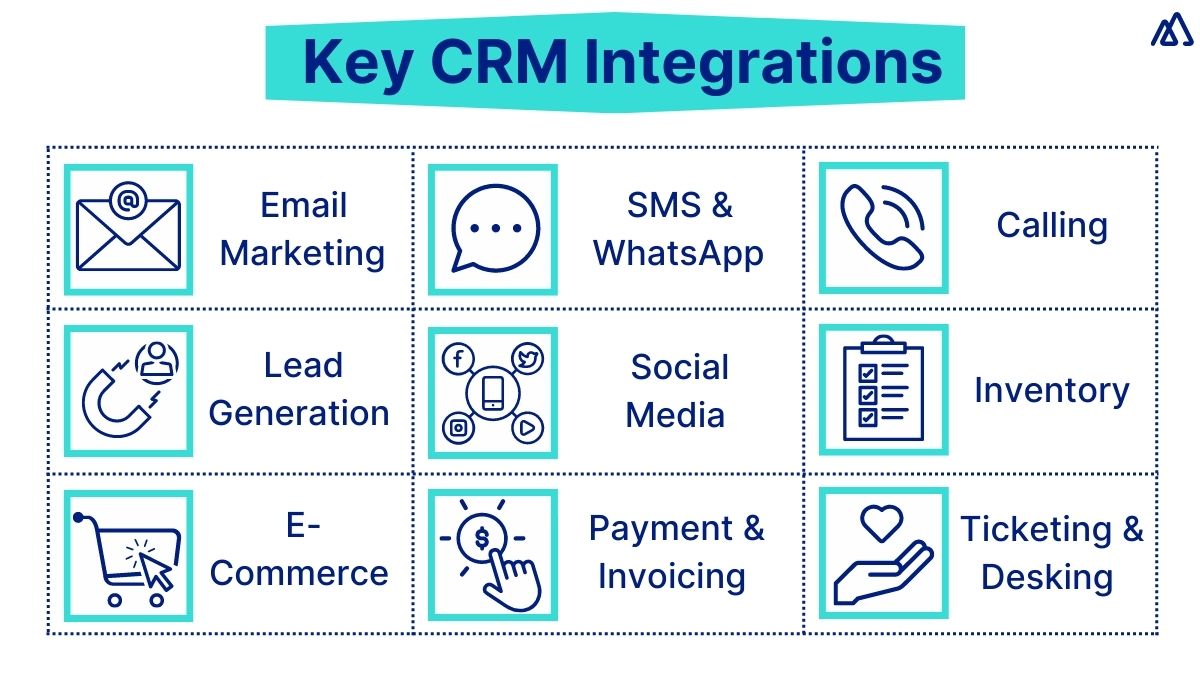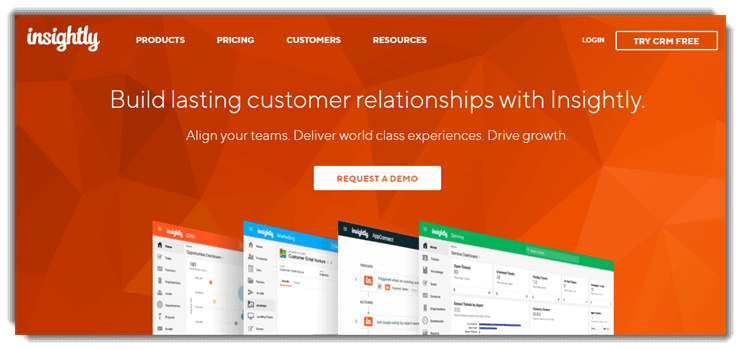CRM, Content Marketing, and the Holy Grail of Customer Engagement: A Comprehensive Guide
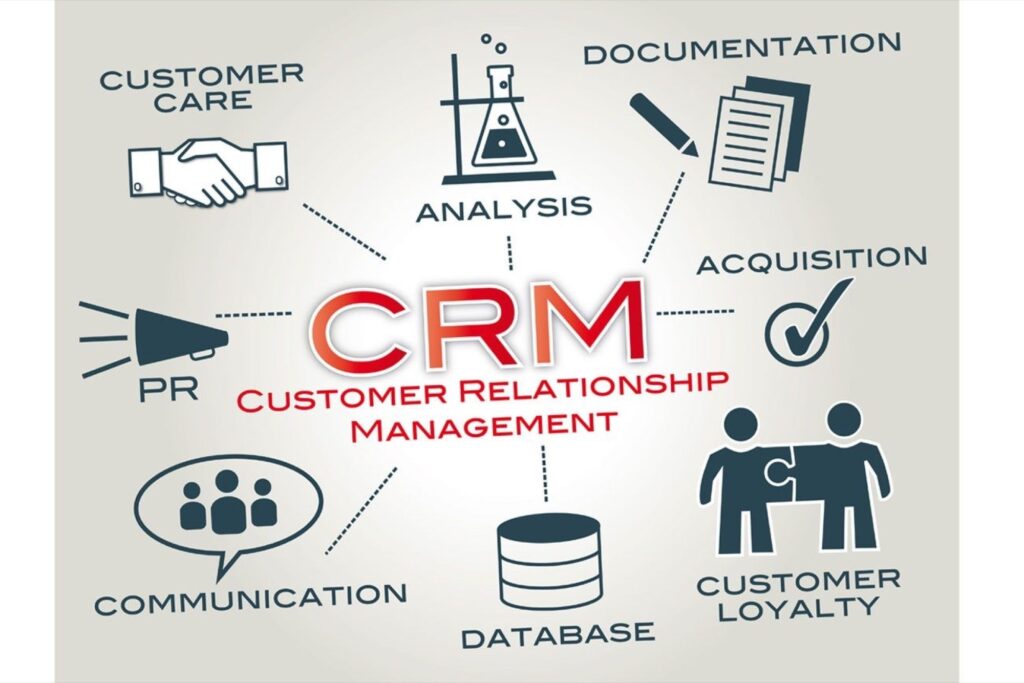
CRM, Content Marketing, and the Holy Grail of Customer Engagement: A Comprehensive Guide
In the ever-evolving landscape of digital marketing, businesses are constantly seeking the magic formula to attract, engage, and retain customers. Two powerful strategies, Customer Relationship Management (CRM) and Content Marketing, have emerged as cornerstones of successful marketing efforts. But what happens when you combine these two forces? The result is a synergistic powerhouse capable of driving unprecedented levels of customer engagement, loyalty, and ultimately, revenue. This comprehensive guide delves into the intricate relationship between CRM and content marketing, exploring how businesses can leverage these strategies to achieve their goals.
Understanding the Dynamics: CRM and Content Marketing Defined
Before we dive deep, let’s establish a solid foundation. Understanding the individual components of CRM and content marketing is crucial to grasping their combined potential.
CRM: The Customer-Centric Approach
CRM, or Customer Relationship Management, is more than just a software solution; it’s a philosophy. It’s a strategy focused on building and nurturing strong, lasting relationships with customers. At its core, CRM involves collecting, organizing, and analyzing customer data to gain a deeper understanding of their needs, preferences, and behaviors. This insight allows businesses to:
- Personalize interactions and tailor communications.
- Improve customer service and support.
- Identify and capitalize on sales opportunities.
- Enhance customer retention rates.
CRM systems typically include features for contact management, sales automation, marketing automation, and customer service. Popular CRM platforms include Salesforce, HubSpot, Zoho CRM, and Microsoft Dynamics 365.
Content Marketing: The Art of Attraction
Content marketing is a strategic marketing approach focused on creating and distributing valuable, relevant, and consistent content to attract and retain a clearly defined audience — and, ultimately, to drive profitable customer action. It’s about providing information, entertainment, and solutions that resonate with your target audience, building trust and establishing your brand as a thought leader.
Content marketing encompasses a wide range of formats, including:
- Blog posts
- Articles
- Videos
- Infographics
- Ebooks
- Webinars
- Social media updates
The primary goal of content marketing is to attract and engage potential customers, nurture leads through the sales funnel, and ultimately, convert them into loyal customers.
The Power of Synergy: CRM and Content Marketing Working Together
While CRM and content marketing are powerful strategies on their own, their true potential is unleashed when they work in tandem. Integrating these two approaches allows businesses to create a seamless customer experience, personalize interactions, and drive significant results.
Leveraging CRM Data to Inform Content Strategy
CRM systems provide a wealth of data about your customers, including their demographics, purchase history, browsing behavior, and communication preferences. This data is invaluable for informing your content strategy:
- Understanding Your Audience: CRM data reveals who your customers are, what they care about, and what problems they’re trying to solve. This information allows you to create content that resonates with their specific needs and interests.
- Segmenting Your Audience: CRM allows you to segment your audience based on various criteria, such as demographics, behavior, and purchase history. This segmentation enables you to create targeted content for each segment, ensuring that your message is relevant and engaging.
- Identifying Content Gaps: By analyzing customer interactions and feedback within your CRM, you can identify gaps in your content strategy. For example, if you notice a lot of customer inquiries about a specific product feature, you can create a blog post or video explaining it in detail.
- Personalizing Content: CRM data allows you to personalize content based on individual customer preferences and behaviors. For example, you can send personalized email newsletters featuring products that align with a customer’s past purchases.
Using Content to Nurture Leads in the CRM System
Content marketing plays a crucial role in nurturing leads through the sales funnel. By creating valuable content that addresses the needs and concerns of potential customers, you can build trust and establish your brand as a trusted resource. Here’s how content can be used to nurture leads within your CRM:
- Attracting Leads: Create high-quality content that attracts potential customers to your website and captures their contact information. This can include ebooks, webinars, and gated content offers.
- Qualifying Leads: Use content to qualify leads by assessing their level of interest and engagement. For example, you can track which content pieces a lead has viewed and how long they spent on each page.
- Nurturing Leads: Send targeted email campaigns featuring relevant content to nurture leads and move them closer to a purchase decision. This can include case studies, product demos, and special offers.
- Converting Leads: Use content to close deals by providing potential customers with the information they need to make a purchase decision. This can include pricing guides, comparison charts, and customer testimonials.
Implementing a Successful CRM and Content Marketing Strategy
Implementing a successful CRM and content marketing strategy requires careful planning, execution, and ongoing optimization. Here are some key steps to follow:
1. Define Your Goals and Objectives
Before you start, clearly define your goals and objectives. What do you want to achieve with your CRM and content marketing efforts? Are you trying to increase leads, improve customer retention, or boost sales? Having specific, measurable, achievable, relevant, and time-bound (SMART) goals will help you stay focused and track your progress.
2. Choose the Right CRM and Content Marketing Tools
Select CRM and content marketing tools that align with your business needs and budget. Consider factors such as ease of use, features, integrations, and scalability. Popular CRM platforms include Salesforce, HubSpot, Zoho CRM, and Microsoft Dynamics 365. Content marketing tools include content management systems (CMS) like WordPress, email marketing platforms like Mailchimp, and social media management tools like Hootsuite.
3. Integrate Your CRM and Content Marketing Platforms
Integrate your CRM and content marketing platforms to create a seamless flow of data and information. This integration allows you to:
- Track Customer Behavior: Track how customers interact with your content and use this data to inform your CRM strategy.
- Personalize Communications: Personalize email marketing campaigns and other communications based on customer data from your CRM.
- Automate Workflows: Automate tasks such as lead nurturing and sales follow-up based on customer behavior and interactions with your content.
4. Create High-Quality, Relevant Content
Develop a content strategy that aligns with your target audience’s needs and interests. Create a variety of content formats, such as blog posts, articles, videos, and infographics. Ensure that your content is well-written, informative, and engaging. Optimize your content for search engines to improve its visibility and reach.
5. Segment Your Audience
Segment your audience based on various criteria, such as demographics, behavior, and purchase history. This segmentation allows you to create targeted content and personalize your communications. Use your CRM data to identify customer segments and tailor your content accordingly.
6. Personalize Your Communications
Use CRM data to personalize your communications. Address customers by name, tailor your messaging to their interests, and provide relevant recommendations. Personalization can significantly improve customer engagement and conversion rates.
7. Automate Your Workflows
Automate tasks such as lead nurturing, sales follow-up, and customer service. Automation can save you time and resources while improving efficiency and consistency. Use your CRM and content marketing platforms to create automated workflows that align with your business processes.
8. Track and Measure Your Results
Track and measure your results to see what’s working and what’s not. Use analytics tools to monitor key metrics such as website traffic, lead generation, conversion rates, and customer retention rates. Use this data to optimize your strategy and improve your results.
9. Continuously Optimize Your Strategy
Continuously optimize your strategy based on the data you collect. Experiment with different content formats, messaging, and targeting strategies. Regularly review your results and make adjustments as needed to improve your performance.
Real-World Examples: CRM and Content Marketing in Action
Let’s explore some real-world examples of how businesses are successfully leveraging CRM and content marketing:
Example 1: Software Company
A software company uses its CRM to track customer interactions, including website visits, product demos, and support tickets. They then use this data to create targeted content, such as:
- Blog posts: Addressing common customer pain points and providing solutions.
- Webinars: Showcasing product features and answering customer questions.
- Case studies: Highlighting customer success stories.
This content nurtures leads through the sales funnel, driving conversions and improving customer satisfaction.
Example 2: E-commerce Retailer
An e-commerce retailer uses its CRM to segment customers based on purchase history and browsing behavior. They then send personalized email campaigns featuring:
- Product recommendations: Based on past purchases and browsing activity.
- Exclusive offers: Tailored to specific customer segments.
- Abandoned cart emails: Encouraging customers to complete their purchases.
This personalized approach increases sales and customer loyalty.
Example 3: Financial Services Company
A financial services company uses its CRM to identify potential customers based on their financial goals and needs. They then create content, such as:
- Educational articles: On topics like retirement planning and investing.
- Infographics: Visualizing complex financial concepts.
- Webinars: Featuring financial experts.
This content builds trust and establishes the company as a thought leader, driving lead generation and customer acquisition.
Challenges and How to Overcome Them
While the combination of CRM and content marketing offers immense potential, businesses may encounter certain challenges. Here are some common hurdles and how to address them:
1. Data Silos
Data silos occur when customer data is scattered across different systems and not integrated. This makes it difficult to get a complete view of the customer and personalize interactions. To overcome this challenge:
- Integrate your CRM and content marketing platforms.
- Implement a data management strategy.
- Use a centralized database to store customer data.
2. Lack of Alignment
Lack of alignment between your CRM and content marketing teams can lead to inconsistent messaging and a fragmented customer experience. To address this:
- Foster collaboration between teams.
- Establish clear communication channels.
- Develop a unified content strategy.
3. Difficulty Measuring ROI
It can be challenging to measure the ROI of your CRM and content marketing efforts. To improve your ability to measure ROI:
- Define clear goals and objectives.
- Track key metrics.
- Use analytics tools to measure your results.
4. Creating High-Quality Content
Producing high-quality content consistently can be time-consuming and resource-intensive. To overcome this challenge:
- Develop a content calendar.
- Outsource content creation if necessary.
- Repurpose existing content.
The Future of CRM and Content Marketing
The convergence of CRM and content marketing is not just a trend; it’s the future of customer engagement. As technology continues to evolve, businesses can expect to see even more sophisticated integrations and innovations in this space. Here are some emerging trends to watch:
- Artificial Intelligence (AI): AI-powered CRM and content marketing tools will become increasingly prevalent, enabling businesses to personalize interactions, automate tasks, and gain deeper insights into customer behavior.
- Hyper-Personalization: Businesses will move beyond basic personalization to deliver hyper-personalized experiences that cater to individual customer preferences and needs.
- Voice Search Optimization: Content marketers will need to optimize their content for voice search, as more customers use voice assistants to find information.
- Video Marketing: Video will continue to be a dominant content format, with businesses using video to engage customers, build brand awareness, and drive conversions.
- Data Privacy and Security: As data privacy regulations become stricter, businesses will need to prioritize data security and transparency.
Conclusion: Embracing the Power of Synergy
CRM and content marketing are two sides of the same coin. When combined strategically, they create a powerful engine for customer engagement, loyalty, and revenue growth. By leveraging CRM data to inform content strategy, using content to nurture leads, and continuously optimizing your approach, you can unlock the full potential of this synergistic relationship. Embrace the power of synergy, and watch your business thrive in the competitive landscape of modern marketing. The journey to customer-centric success starts with a commitment to understanding your audience, delivering valuable content, and building lasting relationships. Embrace the future, and integrate CRM and content marketing to achieve unparalleled results.

